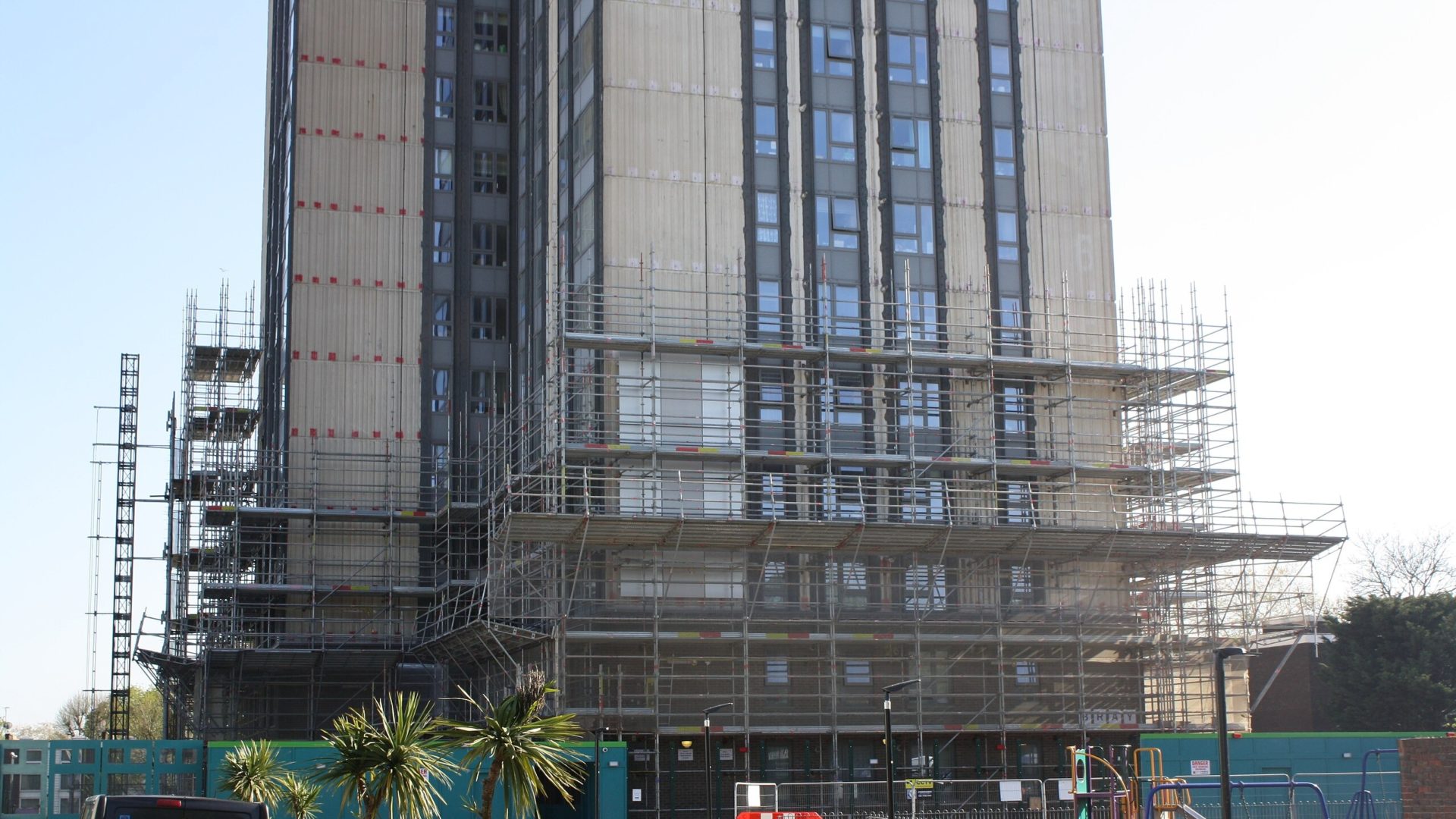
The National Audit Office is calling on the government to publish a target date for completing cladding remediation.
Up to 60% of the 9,000-12,000 buildings with dangerous cladding in England have not yet been identified and remediation continues to be slow.
Data projections by the Ministry of Housing, Communities and Local Government (MHCLG) suggest a date of 2035 for completing cladding remediation.
However, the public spending watchdog said in a report published today (4 November) that without published milestones, hundreds of thousands of residents are clueless about when their buildings will be made safe.
The report is the first to evaluate the government’s remediation scheme since five different programmes were brought together into a single portfolio in 2023.
The initiatives include the ACM programme, the Building Safety Fund, the Cladding Safety Scheme, the Developer Remediation Programme and the Social Housing Programme.
“Seven years on from the Grenfell Tower fire, there has been progress, but considerable uncertainty remains regarding the number of buildings needing remediation, costs, timelines and recouping public spending,” said NAO’s head Gareth Davies.
“There is a long way to go before all affected buildings are made safe, and risks MHCLG must address if its approach is to succeed.”
Deputy prime minister Angela Rayner and new minister for building safety, Alex Norris, hosted on 31 October a roundtable with 11 mayors, the chair of the National Fire Chiefs Council and Building Safety Regulator director Philip White, among others, to discuss proposals to accelerate the pace of building remediation.
The cost of fixing unsafe cladding
NAO’s report found that it will cost an estimated £16.6bn in total to fix unsafe cladding on all buildings over 11m in England.
MHCLG expects to provide £9.1bn of this figure, with the remainder funded by developers that have agreed to remediate buildings they developed, private owners or social housing providers.

The Building Safety Levy aims to collect around £3.4bn over the next decade to fix unsafe buildings. Under the levy proposals, developers of residential buildings, regardless of their height, will have to pay the levy as part of the Building Control process.
MHCLG does not expect to introduce the levy until autumn 2025 at the earliest.
Davies said: “To stick to its £5.1bn cap in the long run, MHCLG needs to ensure that it can recoup funds through successful implementation of the proposed Building Safety Levy.”
In last week’s autumn budget chancellor Rachel Reeves committed £1bn to remove dangerous cladding.
Priorities ‘at cross-purposes’
Davies continued: “Putting the onus on developers to pay and introducing a more proportionate approach to remediation should help to protect taxpayers’ money. Yet it has also created grounds for dispute, causing delays.”
Earlier this year, the government won a landmark legal challenge against a freeholder that was delaying fixing building safety defects.
The government began legal action against Grey GR in October 2022 following “unacceptable delays” in fixing multiple serious fire safety issues in Vista Tower, Stevenage. The issues were first identified in 2019.
NAO’s report also found that the MHCLG “needs to do more” to ensure that its targets around housing, including building more affordable and decarbonising the sector, don’t work “at cross purposes”.
“There is a risk that the work that MHCLG is leading on fire safety operates at cross-purposes with other policy areas or that opportunities to achieve efficiencies by working more closely together are missed,” the report said.











